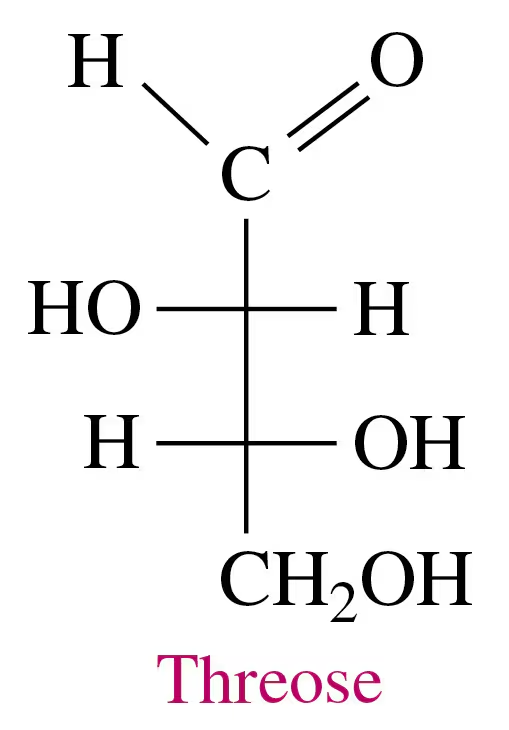Multiple Choice
Identify the given molecule as diastereomer or epimer of D-sorbose.
402
views

 Verified step by step guidance
Verified step by step guidance Verified video answer for a similar problem:
Verified video answer for a similar problem:



 1:3m
1:3mMaster D vs L Enantiomers Concept 1 with a bite sized video explanation from Jules
Start learning